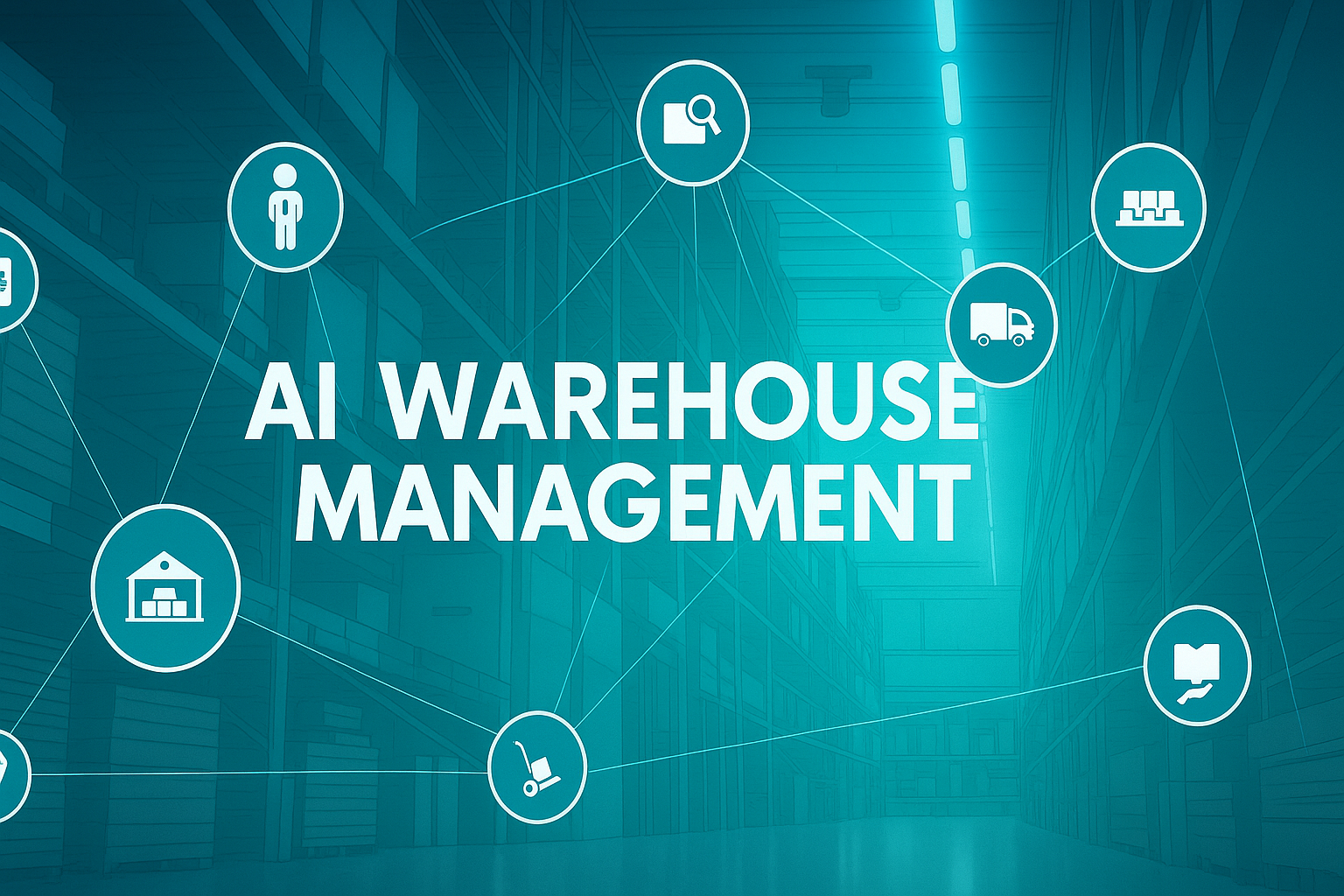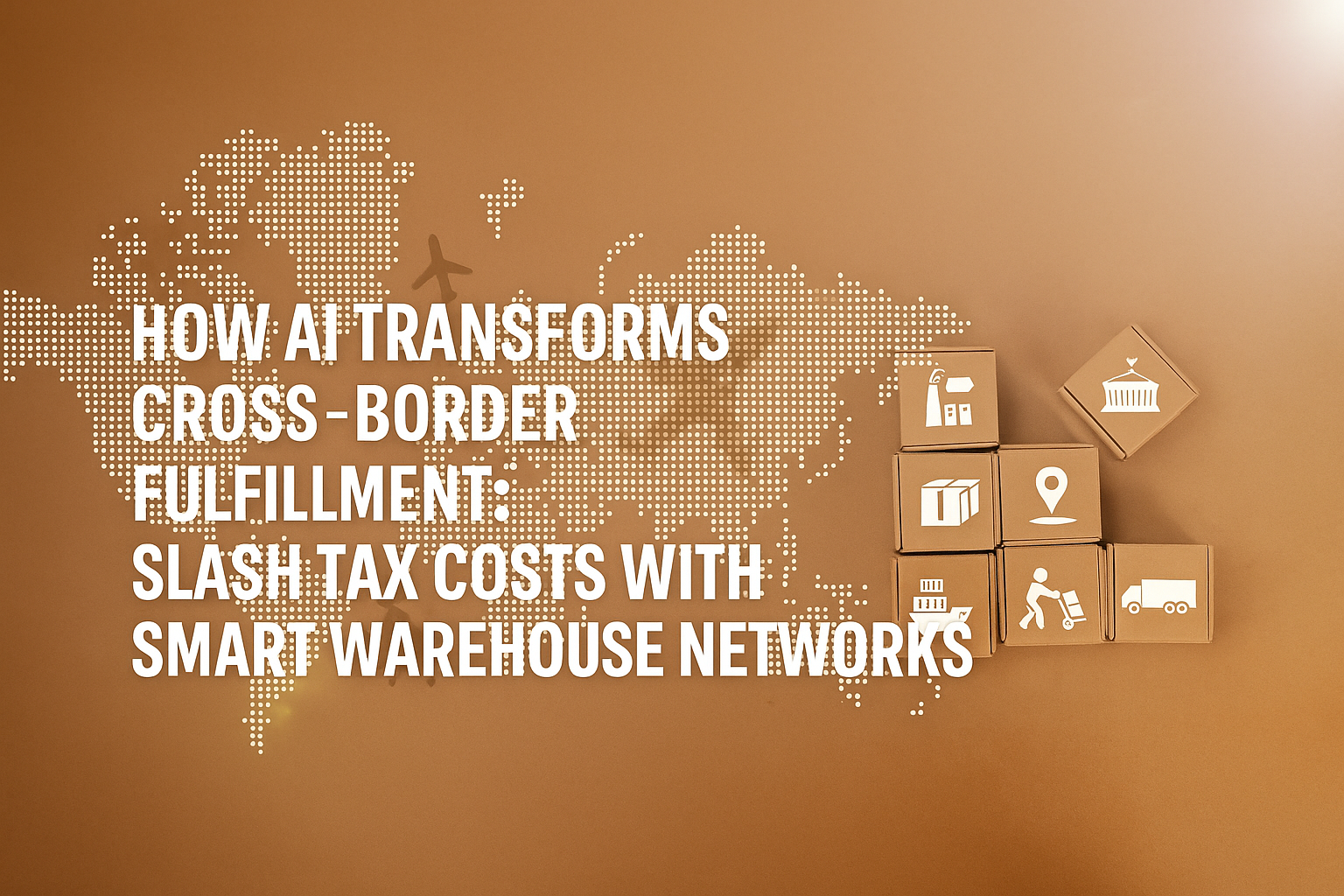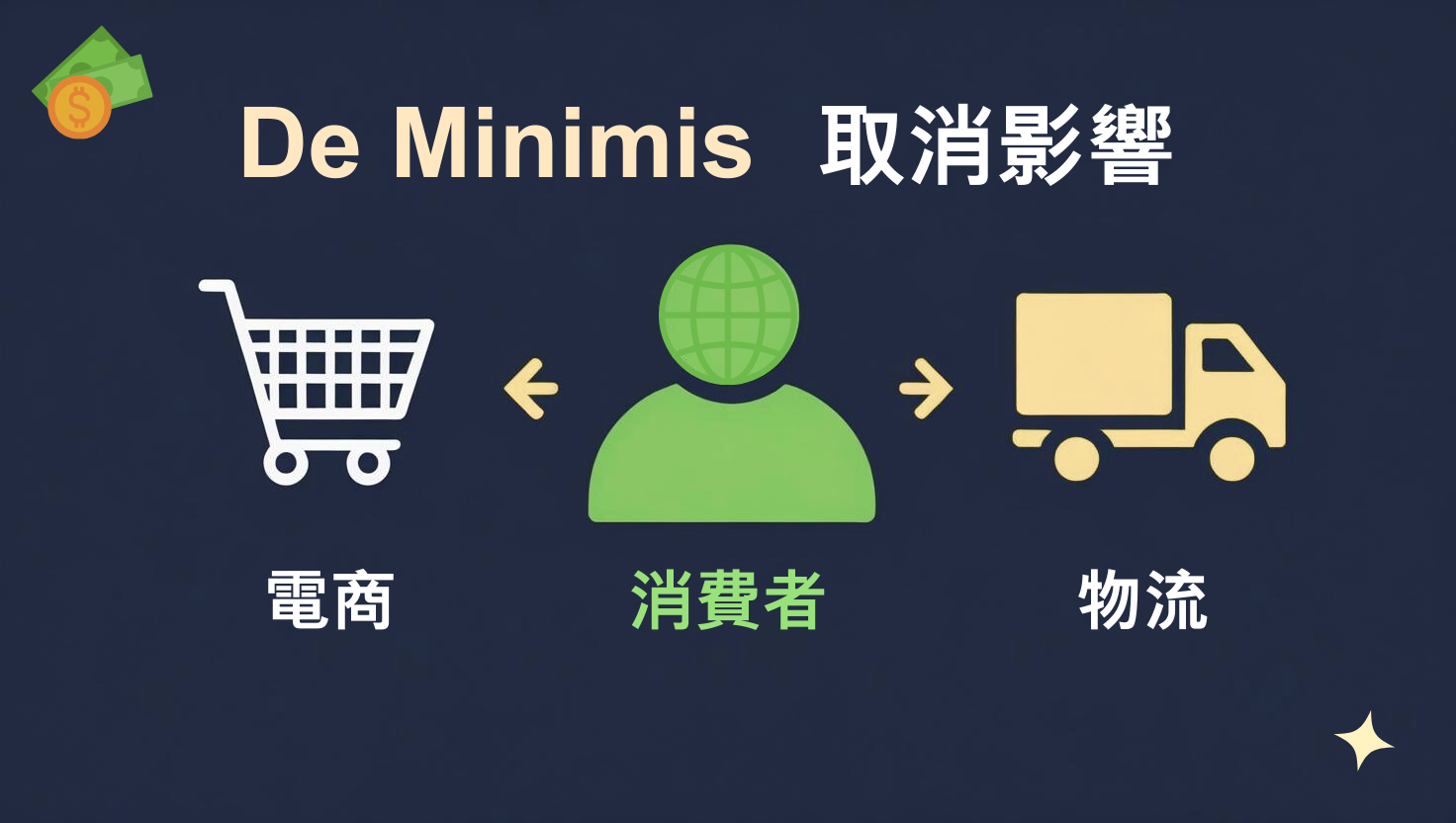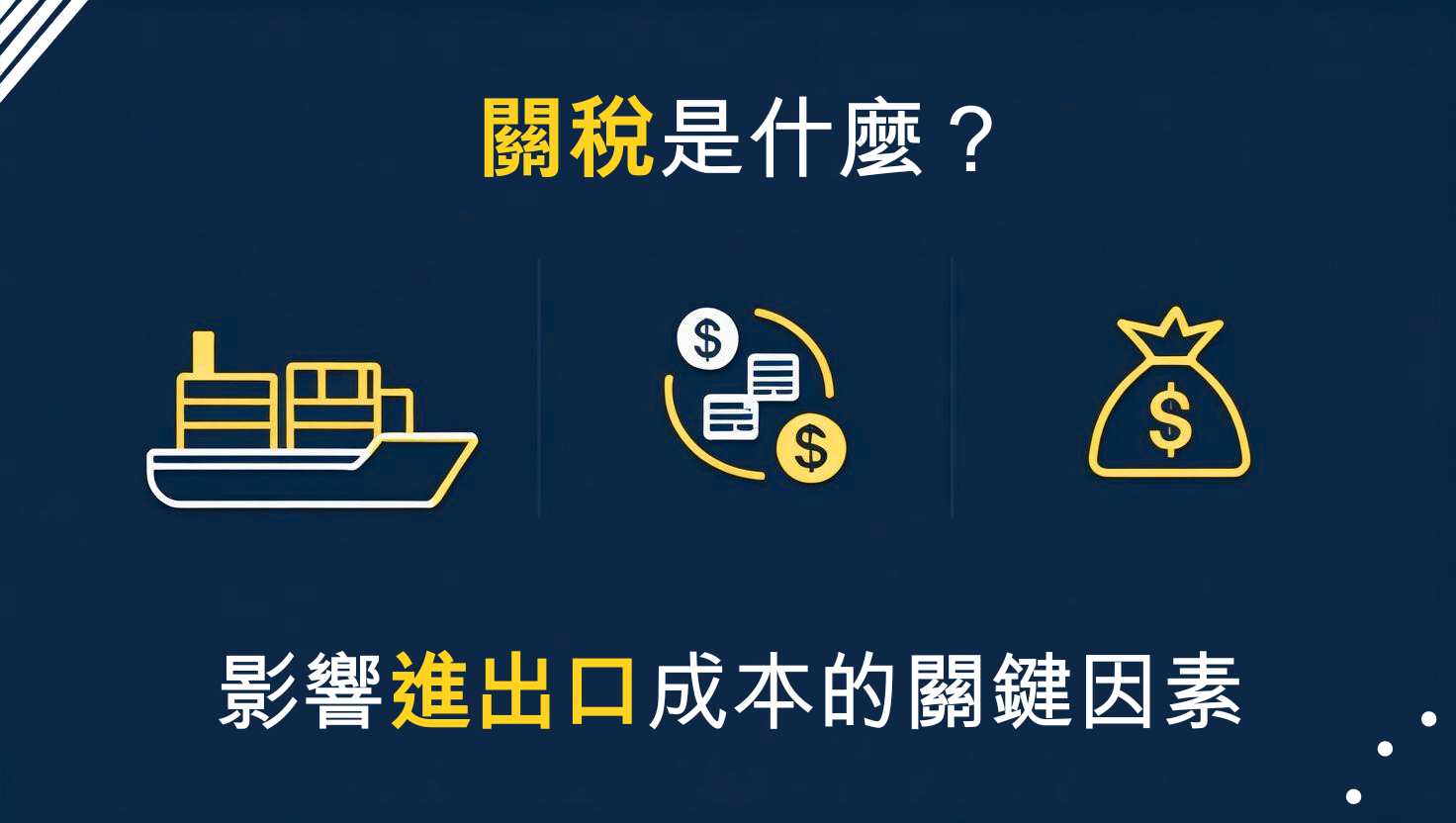How AI Transforms Cross-Border Fulfillment: Slash Tax Costs with Smart Warehouse Networks
Cross-border commerce is exploding, but complex tax structures are impacting profitability—here’s how AI-powered warehouse networks change the game.
The cross-border e-commerce market continues rapid growth, but companies face increasing complexity from shifting trade policies and tax structures. With trade policies changing rapidly, smart warehouse positioning isn’t just an advantage—it’s survival.
What you’ll discover in 5 minutes:
- How AI optimizes warehouse location to minimize tax burden
- The “airport model” that revolutionizes fulfillment networks
- Real strategies electronics manufacturers use to save millions
- How JenJan’s AI-driven cross-border solutions reduce your tax risk
The US Cross-Border Tax Crisis in Numbers
The Trump 2025 Tariff Tsunami: The most dramatic trade policy shift in decades is reshaping US cross-border commerce, with tariffs now affecting $2.3 trillion of US goods imports, or 71% of US goods imports:
- Immediate Impact: 25% tariffs on Canada and Mexico, with China facing 30% tariffs (down from 145% in April), affecting major trade relationships
- Historic Tariff Levels: Consumers face an overall average effective tariff rate of 17.7%, the highest since 1934
- Price Impact: Tariffs imply a 1.8% increase in consumer prices, equivalent to nearly $1,300 per US household in 2025
- Compliance Complexity: All postal shipments from China and Hong Kong now face 54% duty rate (down from 120%) or $100 flat fee per postal item, with the planned $200 increase cancelled
Why This Crisis Matters for Cross-Border Sellers: Traditional direct-shipping strategies are collapsing as US import tariffs make small-package fulfillment prohibitively expensive. Meanwhile, retaliatory tariffs create challenges for US exporters too - Canada imposes 25% counter-tariffs, China applies 10-15% on US agricultural machinery and vehicles. Smart companies realize they need AI-optimized warehouse networks to navigate both import and export challenges in this new reality.
AI Applications Revolutionizing Cross-Border Tax Strategy
1. Smart Warehouse Network Design - The “Airport Model”
Technology Used: ML location optimization, real-time tax law analysis, network routing algorithms
Real Example - Cross-Country Tax Optimization:
- Challenge: Traditional cross-border warehouse placement focuses on shipping costs and delivery speed but ignores complex tax implications across different countries and their varying tariff structures, tax treaties, and duty rates
- Solution: AI analyzes international tax treaties, country-specific duty structures, VAT rates, and cross-border compliance costs to recommend optimal warehouse allocation across multiple countries that minimizes total tax burden
- Results: Companies using AI-optimized international warehouse networks achieve significant reduction in total cross-border tax costs while maintaining service levels
- Key Innovation: Like airports that route passengers efficiently, AI routes inventory through the most tax-advantageous warehouse locations across countries, automatically rebalancing inventory as international tax policies change
2. Intelligent Assembly & Processing Optimization
Technology Used: AI supply chain modeling, duty rate analysis, rules of origin optimization
Real Example - Electronics Manufacturing:
- Challenge: Finished electronics products typically face significantly higher tariff rates than their individual components, with components often receiving preferential treatment or exemptions while assembled products face standard country-specific duties
- Solution: Smart manufacturers deployed AI to optimize assembly location strategies, shifting from importing finished goods to importing components and performing final assembly in US-based facilities or tax-advantaged zones
- Results: Companies using AI-optimized assembly strategies achieve substantial duty savings by taking advantage of lower component tariff rates
- Key Innovation: AI determines optimal assembly points where components transform into finished goods at the lowest total tax cost, separating raw materials, components, and finished goods across different tax jurisdictions
JenJan: Your AI-Powered Cross-Border Tax Solution
Transforming Taiwan→US Commerce with Smart Networks
At JenJan, we’re revolutionizing cross-border fulfillment by treating warehouse networks like intelligent airports—every shipment routes through the most efficient, tax-optimized path.
1. AI-Enhanced Tax Optimization:
- Smart Positioning: Machine learning algorithms identify optimal warehouse locations across Taiwan-US corridors, minimizing duty exposure
- Assembly Intelligence: AI determines where to perform light manufacturing and assembly to take advantage of component vs. finished goods duty differentials
- Real-Time Adaptation: Dynamic adjustment of fulfillment routes based on changing trade policies and customs requirements
2. Multi-Hub Network Strategy:
- Component Hubs: Strategic positioning of raw materials and components in duty-advantaged zones
- Assembly Centers: Light processing facilities that transform components into finished goods at optimal tax rates
- Distribution Points: Final-mile fulfillment centers positioned for speed and tax efficiency
Focus Industry - Electronics & Manufacturing:
Electronics manufacturers face unique tax optimization opportunities due to the significant tariff differential between components and finished products. Raw semiconductors, circuit boards, and electronic components often receive preferential treatment or exemptions, while assembled electronics face higher country-specific tariff rates. JenJan’s light processing services—including final assembly, testing, and packaging—allow Taiwan manufacturers to import components at lower rates and perform value-added transformation in tax-optimized US facilities. This strategy is particularly effective for consumer electronics, IoT devices, and industrial equipment where final assembly represents a significant portion of the product’s value-add.
Take Action:
Ready to expand to the US market with optimized tax strategies? Contact JenJan’s cross-border experts for personalized Taiwan-US fulfillment guidance.



